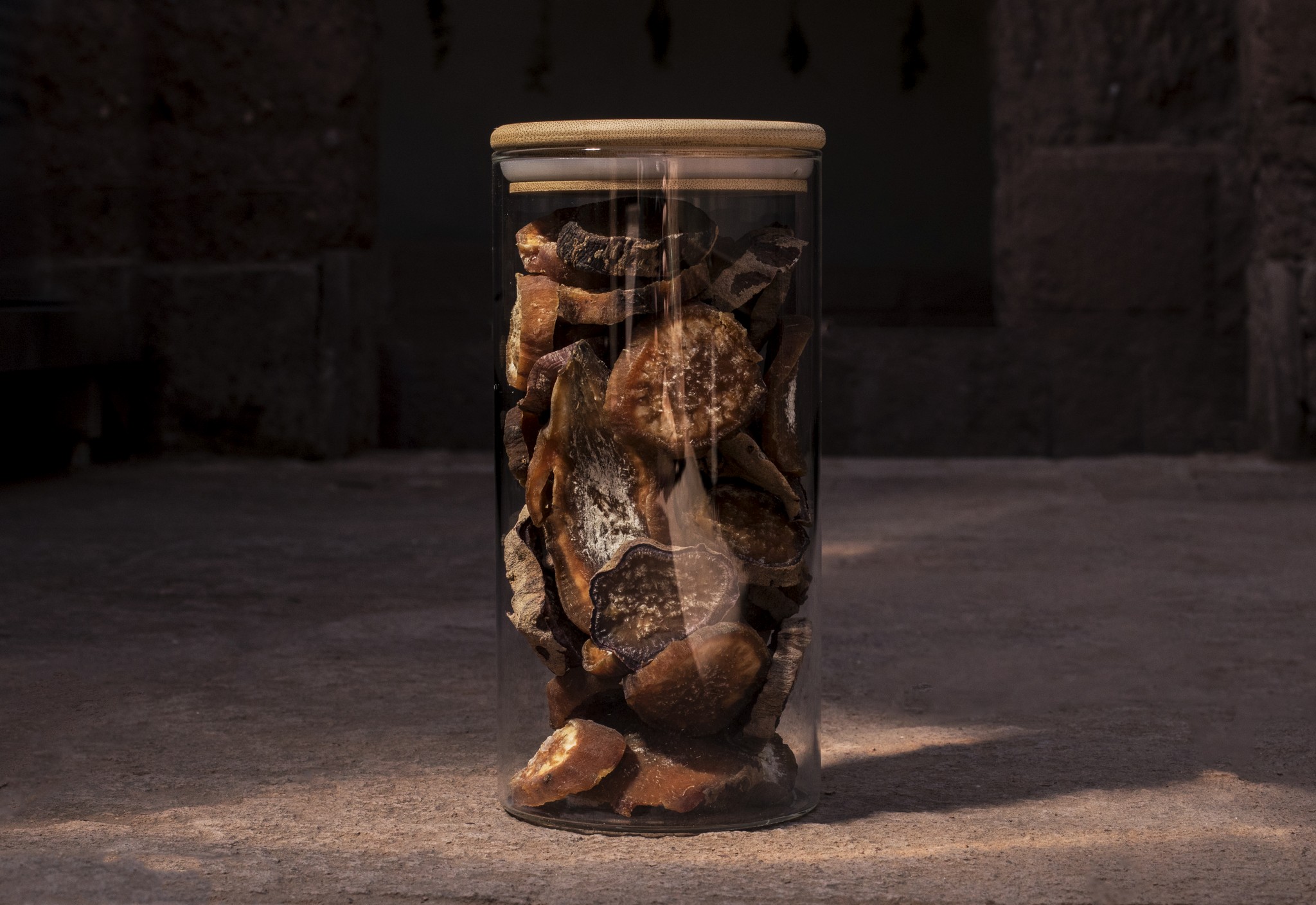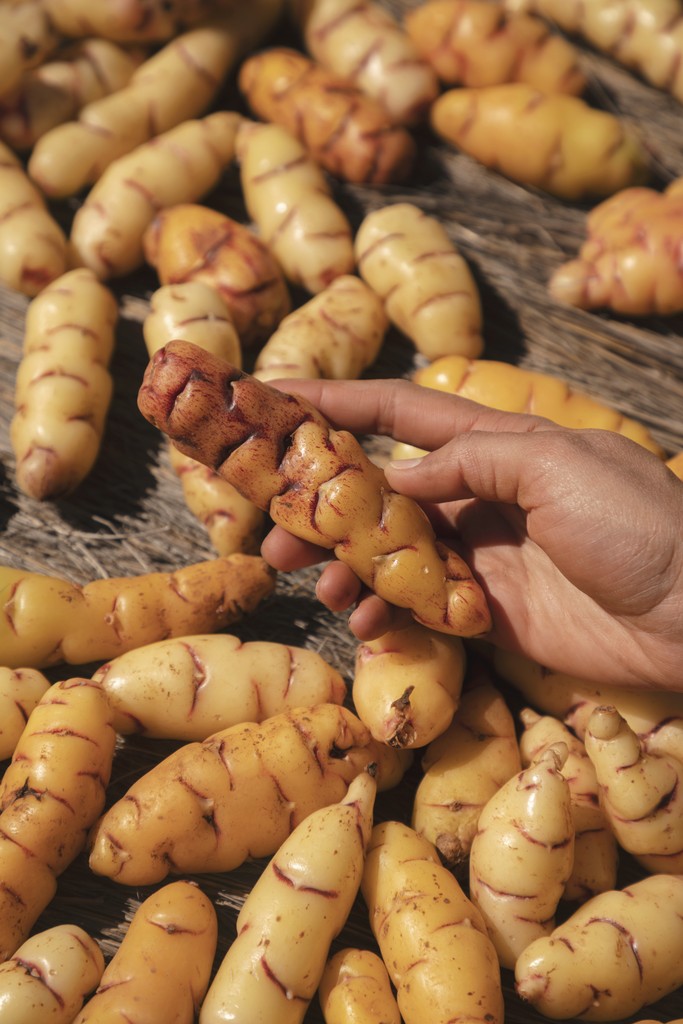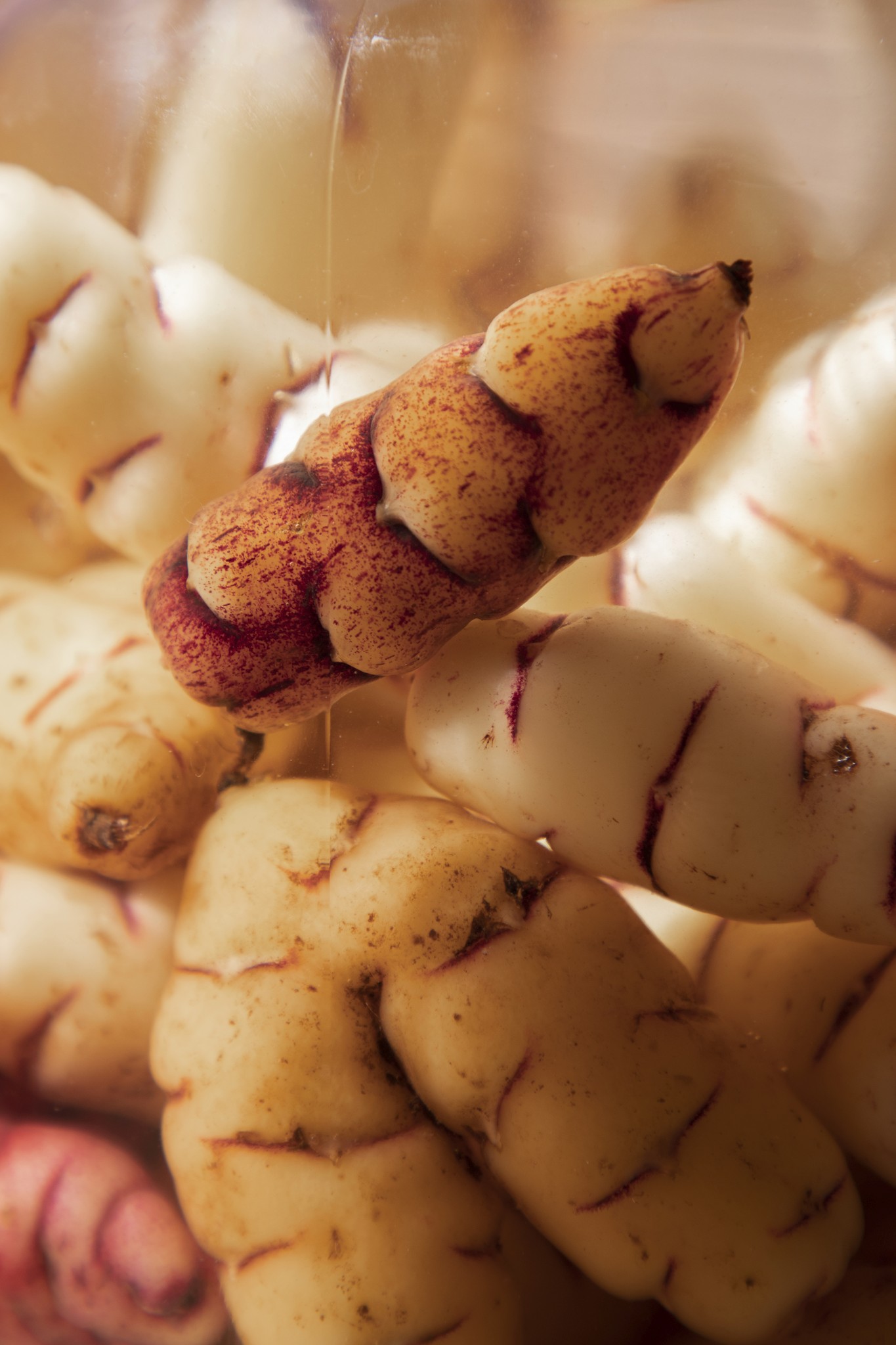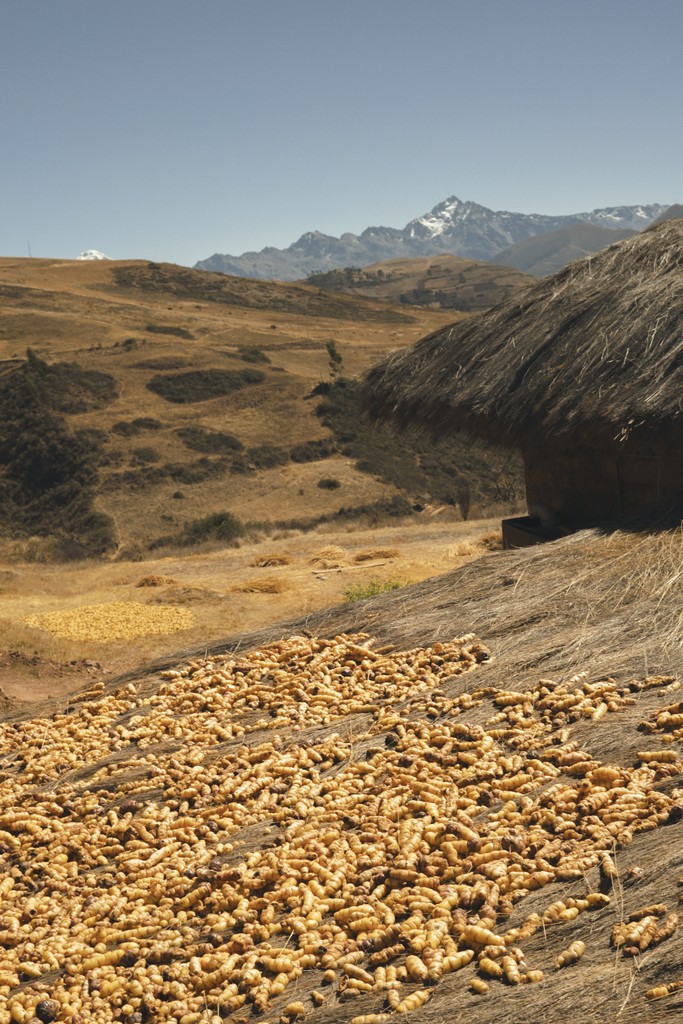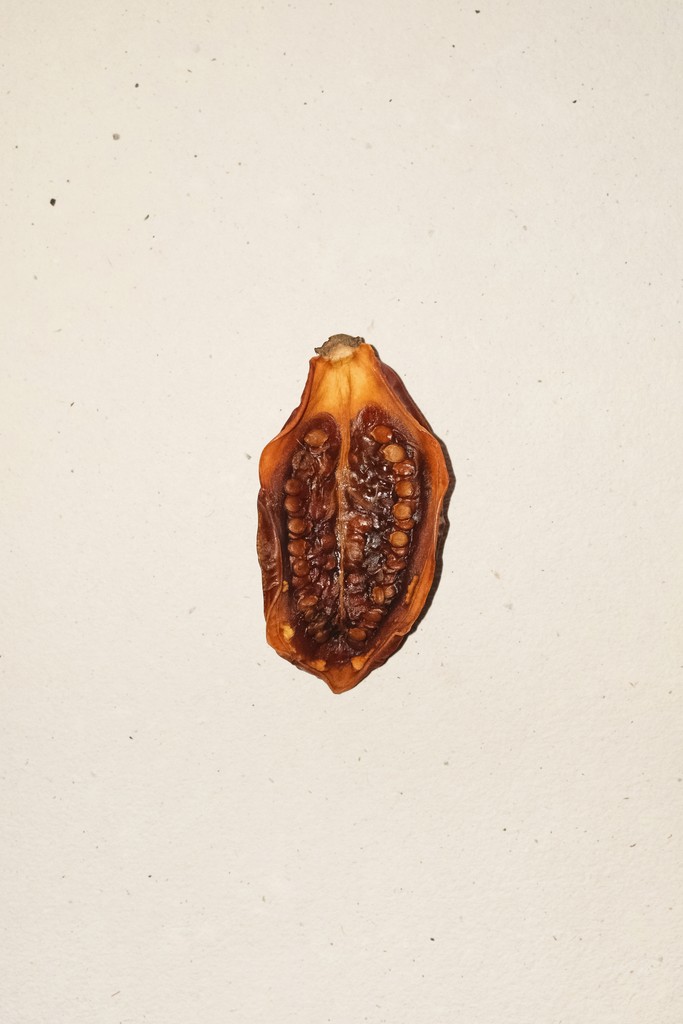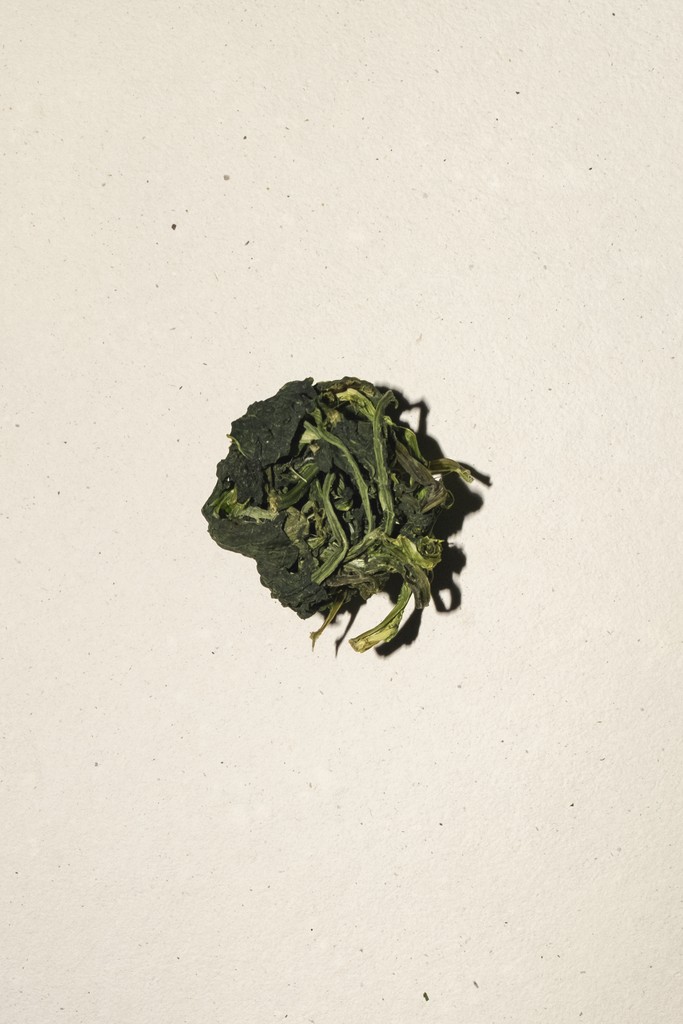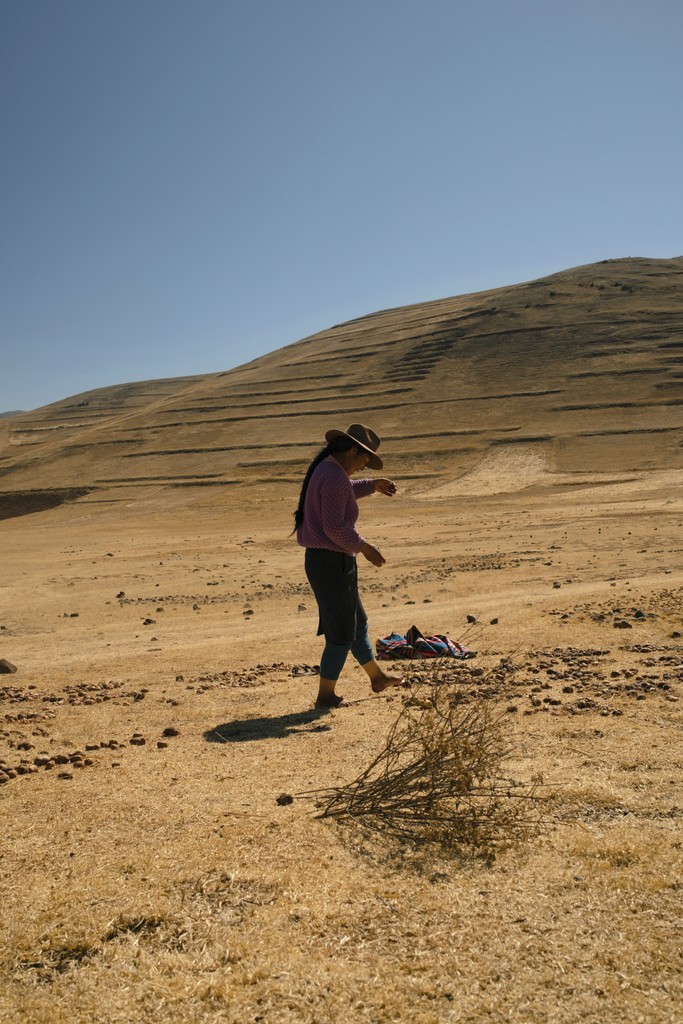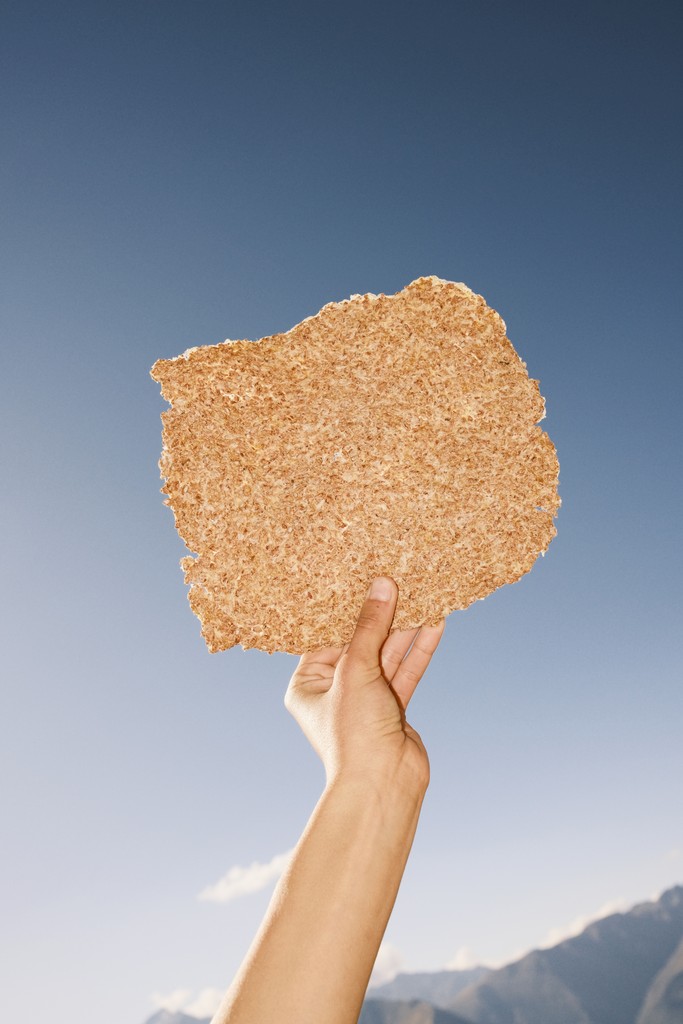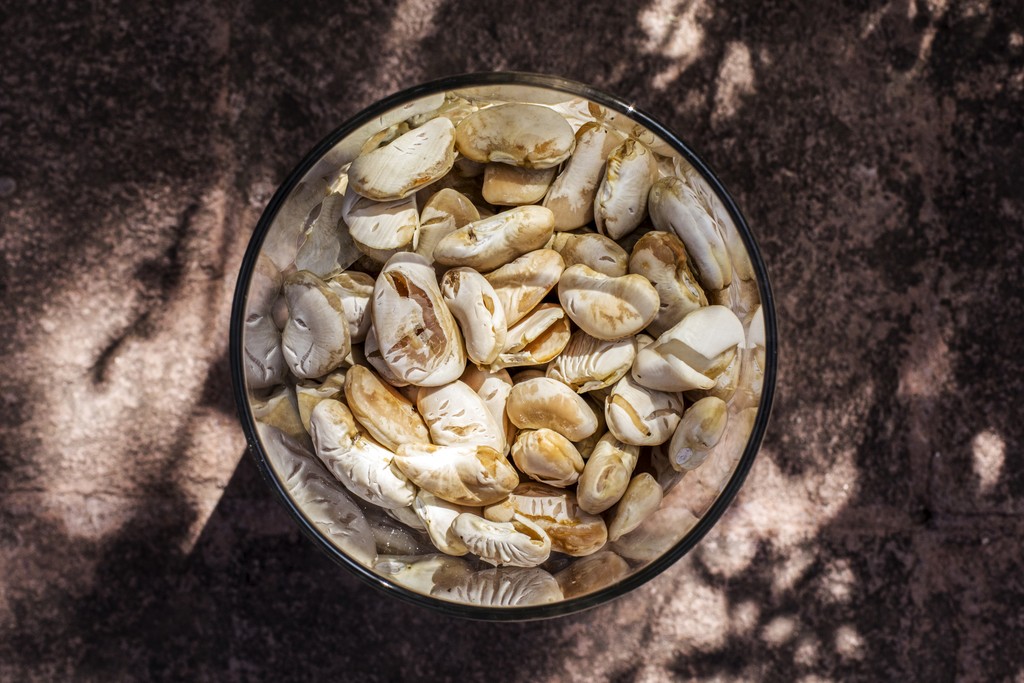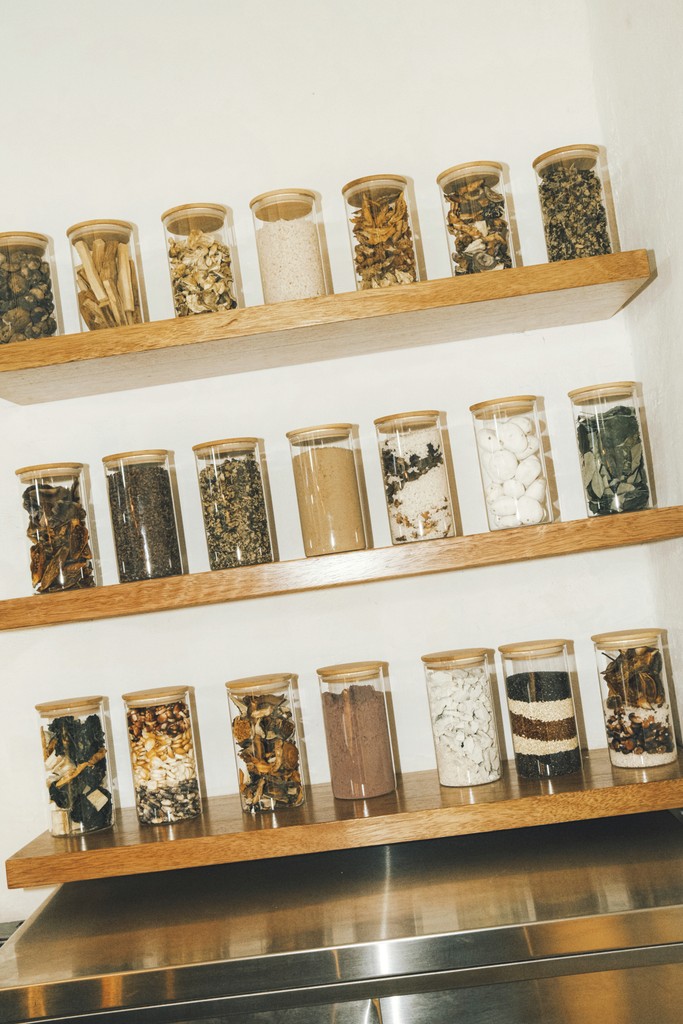ACADEMY
Preservation
This project aims to revitalize ancestral Andean processing techniques, used since pre-Inca times, to preserve and transform non-marketable crops into consumable foods.
(01)
LOCATION
MIL Centro
Maras, Moray, Cusco
(02)
EXECUTION
Since November 2023
to the present
(03)
MATER TEAM
Andrea Faour
(04)
COLLABORATORS
Mullakas-Misminay Community
K'acllaraccay Community
Roberto Ojeda, Historian
Claudia Palomino, Historian
This project aims to understand and revitalize ancestral food processing techniques, utilizing natural resources such as wind, extreme temperatures, solar radiation, and water to ensure the survival of the harvest in challenging climatic conditions.

01
Why Preserve Food?
Preservation plays a crucial role: it minimizes waste by giving products a second life, reduces their weight, and facilitates transport. In daily life, preserved foods are used as a means of barter, and during difficult seasons, they ensure the community's food security.
02
Preserved Foods Naming
Foods that have been classified, swept, stomped, cooked, frozen, fermented, sun-dried, soaked, sprouted, and dehydrated acquire new names in the process. For example, when a potato undergoes transformation for preservation, it ceases to be a potato and becomes chuño. This transformation not only reflects Andean culture but also the deep connection between the natural world and humanity, revealing essential and profound stories that connect us to our heritage.
In total, we have identified 17 traditional techniques, including chuño, moraya, cahui, charki, cocopa, and kirku, along with more than 30 products, encompassing tubers, roots, Andean grains, cereals, and fruits. Most of these originate from the Andes, though we have also incorporated some from the Amazon and the Coast.
